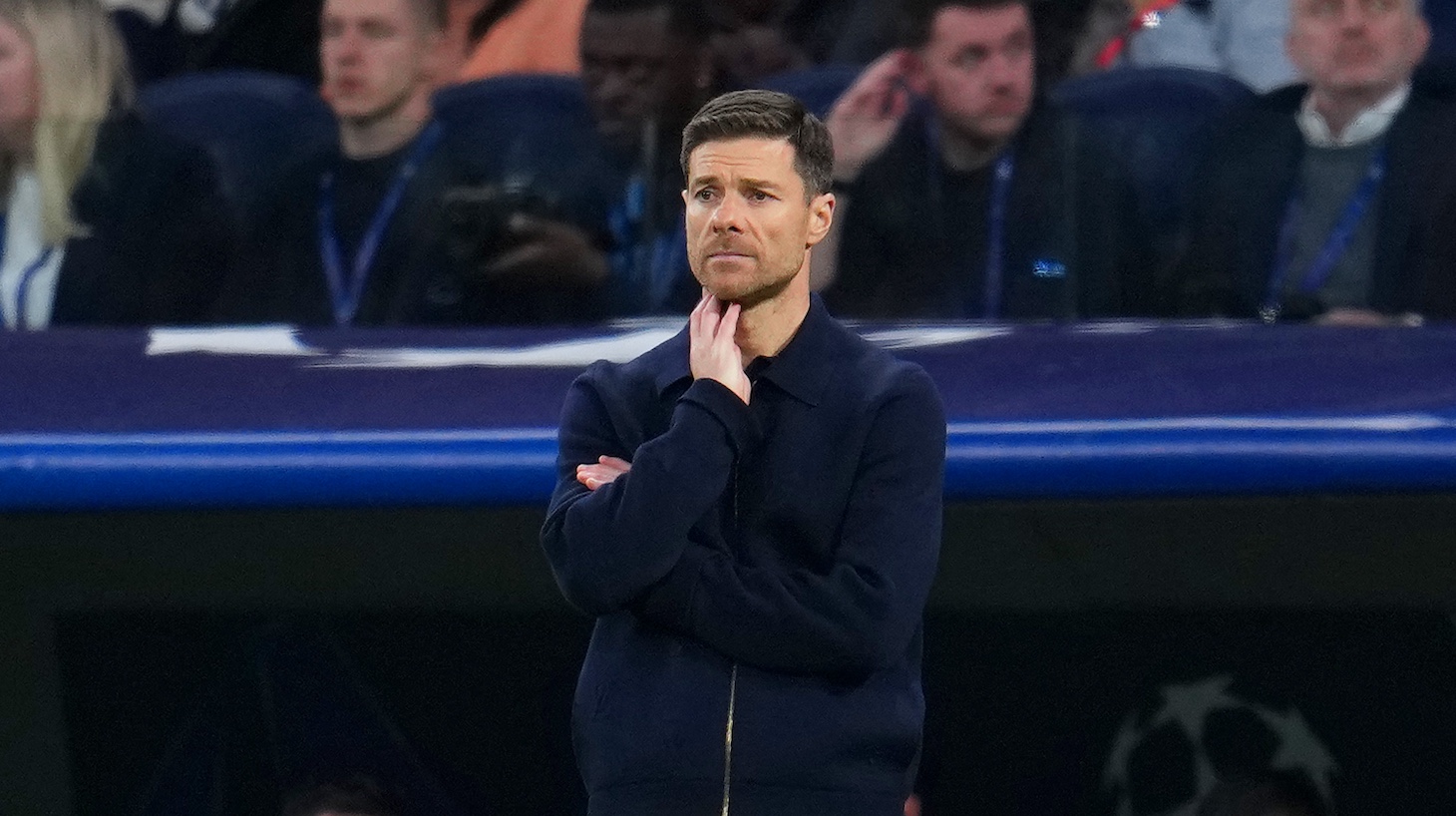In Sigrid Nunez’s 2018 novel The Friend, a famous writer kills himself. Not long before, he complains to the narrator about readers: “People talking about a book as if it were just another thing, like a dish, or a product like an electronic device or a pair of shoes, to be rated for customer satisfaction—that was just the goddamn trouble.” Students submit papers that say, “I hate Joyce, he’s so full of himself.” Online reviewers imply, “if a book didn’t affirm what the reader already felt—what they could identify with, what they could relate to—the author had no business writing the book at all.” The famous author quits teaching, quits writing. The state of the novel, its place in the world, is too depressing.
“But hasn’t it always been this way?” asks the narrator.
“No doubt,” says the famous writer. “But in the past the writer didn’t have to know, the problem wasn’t right there in your face.”
We know it’s been this way—or something like it—for more than a century, because that’s how long it’s been since I. A. Richards conducted his experiment. A young Cambridge professor in the 1920s, Richards printed poems with their authors redacted, sent them home with his students, and asked them to produce commentary. They did, and their commentary, from these otherwise good students, was riddled with errors. Without the context of who wrote the poems or when, the students failed to make out the plain sense. They connected poems to irrelevant memories, offered stock responses, indulged in sentimentality, and allowed preconceptions about what poetry is to skew what they saw on the page. At a time when literature professors either lectured grandly or lingered over the minutiae of history, Richards set out a new path; he wanted to provide support for “those who wish to discover for themselves what they think and feel about poetry.”
Reading, a skill easily taken for granted, is difficult—all the more so when reading literature that wields language as a medium for art. In the wake of Richards' revelations, scholars in Britain and the United States developed a technique to address our failures. Eventually that technique took the name "close reading," and it remains the principal methodology of literary studies.
Close reading is untimely. It bristles against today’s universities, which treat students as customers to please and as future workers to train rather than as people in pursuit of human flourishing. Jeff Bezos’ empire—Amazon; Goodreads; Kindle Direct Publishing, which dominates the perfervid world of self-publishing—encourages readers to “talk about a book as if it were just another thing, like a dish, or a product like an electronic device.” Social media compels us to attend to what we’re seeing for as long as it takes to scroll by. Every day, AI produces more of the words we come across, making it hard—maybe impossible—to care about reading them. I’m sure there were college courses this semester where students completed their work with AI and professors graded it with AI, cutting humans from the loop. It’s easy to see why close reading, which demands patience, openness to others, and slow, careful thought, is having a moment among academics.
In January, literary critic John Guillory, emeritus faculty at NYU, well known in the small world of literary studies, published a slim volume, On Close Reading, accompanied by an exhaustive annotated bibliography compiled by Rhodes College professor Scott Newstok that demonstrated that more people are writing about close reading now than ever. Jonathan Kramnick’s Criticism and Truth has garnered disproportionate attention, occasioning roundtables, special sections of journals, and many reviews. Much more, including a volume I co-edited, is forthcoming. After a spell of taking it for granted, academics are rediscovering the quiet excitement of close reading, a relief from the overheated corporate pablum routinely suffocating us.
But close reading is not just for academics, and it deserves a bigger audience. Not because it’s virtuous. Not because it makes us better people. (I know some great close readers who are real assholes.) But because it’s a thrilling way to think with others, to claw back some of the time taken from us daily by tech oligarchs (I have looked at Twitter impulsively several times while writing this pointedly long, difficult sentence), and relearn some of our capacity, atrophied into passivity by algorithms, for aesthetics, a term that arose in modernity to name a storehouse of values in dialectical opposition to those of capitalism: above all, treating texts as ends in themselves rather than as means to productive ends—treating them, that is, as art.
So what is close reading? As my co-editor and I write in our book, “Close reading is the practice of paying attention to a passage of text to account for at least one aspect of its meaning and to make an argument about how it works.” Close reading ought not only be right but elegant. At best, it’s akin to the performance of a great athlete, giving its witnesses the sense that they’ve seen something true and beautiful.
In fact, the best way to get a sense of it is to read someone else doing it, and the best place to start is with Erich Auerbach, a German Jewish philologist who lost his professorship under the Nuremberg Laws and fled to Istanbul, where he wrote his opus, a gripping study of Western literature from Homer to Virginia Woolf, Mimesis. He was a model for many of the most influential figures in literary studies: Stephen Greenblatt, Fredric Jameson, Edward Said. He’s a secret source of so much of what happens in literature departments.
Late in The Odyssey, Odysseus, who has endured 10 years of wandering to return home from the Trojan War, encounters his childhood nurse. No one has yet recognized him, and he does not want to be recognized. He appears a stranger. His erstwhile nurse washes his feet and, in doing so, sees a scar on his thigh, startling her into recognition. The mark on the body becomes, once noticed by a caring, knowing observer, auratic, suffused with meaning. At that moment, Homer interrupts the story with some 70 lines about how Odysseus suffered the wound that left the scar, only to pick up when the nurse drops Odysseus’ foot in the basin.
We might think, given how we have learned to read stories in our time, that Homer interjects the history of the scar into the scene to induce a feeling of suspense, suggests Auerbach. But we would be wrong. Suspense requires a distinction between foreground and background, which is unknown to Homer, who writes everything in a fully saturated now. While narrating the history of the scar, he does not expect us to be waiting to find out what happens with the nurse. He expects us, argues Auerbach, to be 100 percent in the presence of the past. Homer must describe the scar because if he did not, we would be left with an unexplained, mysterious detail, which he cannot bear. Everything must be illuminated. He must account for the scar. Everything in Homer proceeds with clarity, “never a lacuna, never a gap, never a glimpse of unplumbed depth.”
Auerbach sketches out this reading in Mimesis’s first five pages. Then: “The genius of the Homeric style becomes even more apparent when it is compared with an equally ancient and equally epic style from a different world of forms.” Auerbach turns to the Binding, told in full in 19 verses of the 22nd chapter of the Book of Genesis. It is very short. God commands Abraham to sacrifice his son, Isaac. Abraham prepares to do so, but at the last minute, God, satisfied by Abraham’s show of faith, relieves him.
Auerbach quotes the opening, from the King James Bible: “And it came to pass after these things, that God did tempt Abraham, and said to him, Abraham! and he said, Behold, here I am.” I’d bet most readers—that is, you—don’t find anything particularly notable about this quote. You might, like me, have grown up with a monotheistic religion, making this kind of language overly familiar. Or maybe religion is too foreign to you to make anything of it at all. Learning to see what lies hidden before our eyes is part of the magic of close reading. Auerbach is a master at this. He teaches us how to notice. “Even this opening startles us,” he writes, “when we come to it from Homer.”
Where does God come from to speak with Abraham? “He does not come, like Zeus or Poseidon, from the Aethiopians, where he has been enjoying a sacrificial feast.” Instead, he comes from the cryptic depths of background, from which he never fully emerges. “Nor are we told anything of his reasons for tempting Abraham so terribly,” writes Auerbach. “He has not, like Zeus, discussed them in set speeches with other gods gathered in council.” Why such opacity? Auerbach, ventriloquizing an interlocutor, offers that opacity is just in the nature of the Jewish God. But that is no answer: or it leads us to ask why opacity is in the nature of the Jewish God. Rather, in the kind of inversion that has become routine in the humanities, but nevertheless in Auerbach’s hands still dazzles, “The concept of God held by the Jews is less a cause than a symptom of their manner of comprehending and representing things.” The Jews did not create a style to fit their God; they created a God to fit their style.
We can learn about a people through its style, its literature, which bears an ineradicable record of its version of reality. This, at least, was Auerbach’s gambit. The method is close reading. Others do it differently and can be no less exhilarating. It starts with a cultivation of sensitivity to art and language, for no other reason than that, which runs counter to the great powers that profit from our clicks, our data, our hustle. It’s not easy to travel upstream, but it’s worth it.
By middle age, the mind loses much of its lability. Or, speaking for myself, my mind. When I was young, words more easily disturbed, elated, shocked, and surprised me. I don’t think art will ever grip me again like it did when I was 17, before I had a mental place to put each thing, before I had seen it all. But close reading gets me closest.
How would you begin if you’ve never taken a literature course—or if it’s been a decade or three? You must acknowledge that its words are how they are for a reason, their placement is purposeful, thus meaningful. Every word is a clue. No skimming. You must (metaphorically) listen to the text: what is it trying to do—to you. You might start with a poem or a novel you’ve read before, one you’d like to understand better. You might already have hunches about what it’s about. These might be confirmed upon rereading, or pleasingly foiled. As you read, a line might hit you. You feel struck. You pause. Here’s where close reading happens. Hold up. Linger with that line. Read it again, a few more times. What gives it its force here in its immediate moment? Work out its power. Does it reveal something about the text’s project?
A few years ago, I read Karl Ove Knausgaard’s My Struggle, his six-volume opus, a retelling of his life in excruciating and, to me, utterly compelling detail. Then I reread it. A passage early in the first volume held me. “Understanding the world requires you to take a certain distance from it,” he writes. “Throughout our childhood and teenage years, we strive to attain the correct distance to objects and phenomena. We read, we learn, we experience, we make adjustments. Then one day we reach the point where all the necessary distances have been set, all the necessary systems have been put in place. This is when time begins to pick up speed.”
When I read these lines, something clicked. I had a feeling they held a key to Knausgaard’s whole monstrous epic. He wants to stop time. More, he wants to go back in time, to restore the experience of childhood, before we lost our mental lability, before we tamed the world. As I wrote then,“His meticulous descriptions of rolling a cigarette, or the sound of a VHS rewinding, or the weather, and his abrupt scalar shifts to the geometric patterns of cities or the life cycle of delivery rooms or funeral parlors are bids to break our habitual understanding of the world and thereby dilate time.”
Knausgaard has a reputation for disarming simplicity, openness, innocence, and honesty. Though he calls My Struggle fiction, readers take it as true. But he admits many times that he has a poor memory. “His transparency,” I wrote, “is an illusion.” My Struggle is utter artifice. It is a desperate effort to make the world meaningful again. Not unlike close reading.
Meaningfulness doesn’t happen alone. Close reading, as much as it can seem a solitary practice, is social—explicitly in my analysis of Knausgaard, which I wrote as an open letter to a few critic friends who were reading it with me. We published our letters as epistolary criticism. That only foregrounded what is always true: Close reading requires someone you want to persuade, someone whose judgment you care about, and for whom you want your ideas about art and life to matter.
In Sigrid Nunez’s The Friend, the famous writer fails to kill himself. Or so we discover in the penultimate chapter, which presents the rest of the novel as written by the narrator to imagine what it would have been like had her friend succeeded. He feels betrayed that she has written about him, however fictionalized, while he was institutionalized. For most of the book, the narrator addresses her dead friend as "you," but in the final chapter, the "you" shifts to his dog, whom she has adopted, and onto whom her love for her friend has been transferred. She takes the old, infirm Great Dane to a house on the ocean where she can minister to him while he lives out his last days. Unlike her friend, who survives in The Friend’s belatedly revealed primary world, the dog cannot express betrayal, cannot, as a dog, even feel betrayed; he can only feel, for her, she hopes, love.
The Friend, like the Old Testament, is laden with latent meaning. It demands interpretation. What can writing do? How does it do it? Nunez acknowledges that now is not an auspicious time for fiction. Creative writing has been professionalized, publishing conglomerated. Everyone wants to write, no one wants to read—or so we’re told. Nunez, by publishing her cryptic novel, confesses her faith that readers persist, and that if fiction works it is thanks to those readers. Not just any readers, but those with faith, in turn, in art: close readers.







